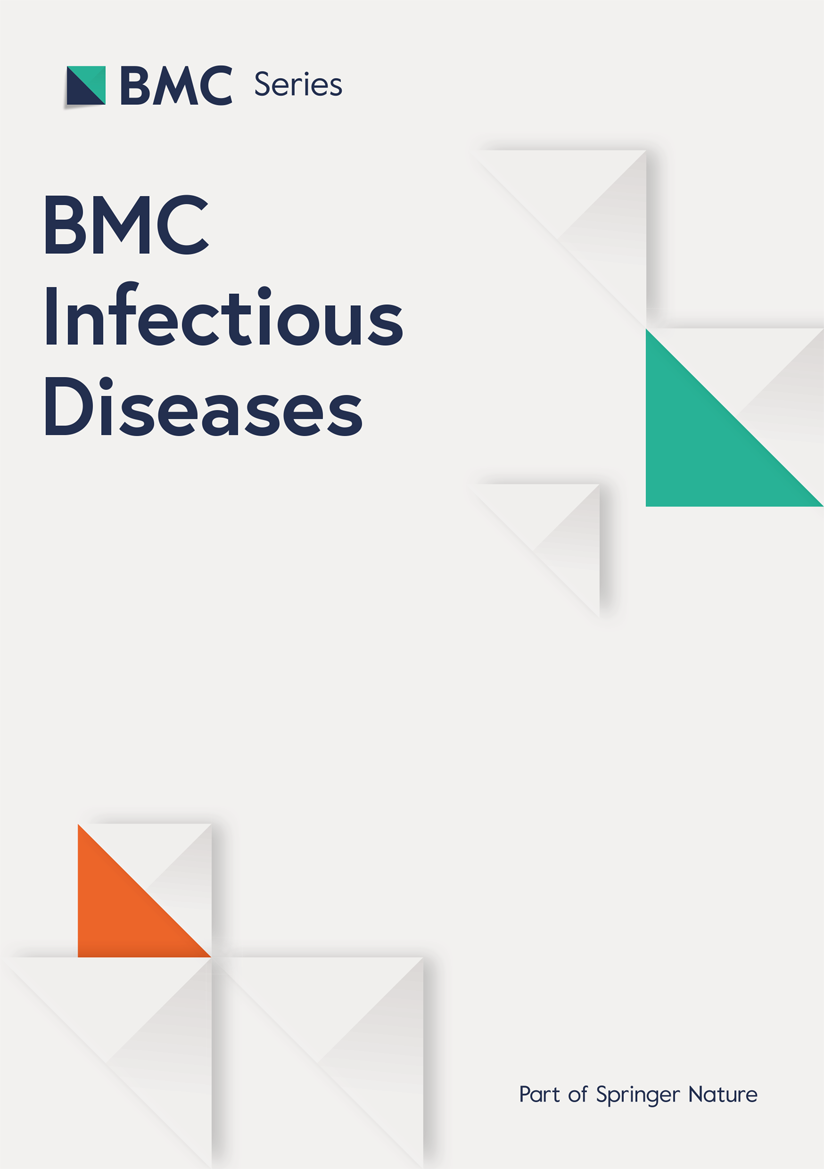Esmaeili ED, Azizi H, Dastgiri S, Kalankesh LR. Does telehealth affect the adherence to ART among patients with HIV? a systematic review and meta-analysis. BMC Infect Dis. 2023;23:169.
Jahagirdar…

Esmaeili ED, Azizi H, Dastgiri S, Kalankesh LR. Does telehealth affect the adherence to ART among patients with HIV? a systematic review and meta-analysis. BMC Infect Dis. 2023;23:169.
Jahagirdar…